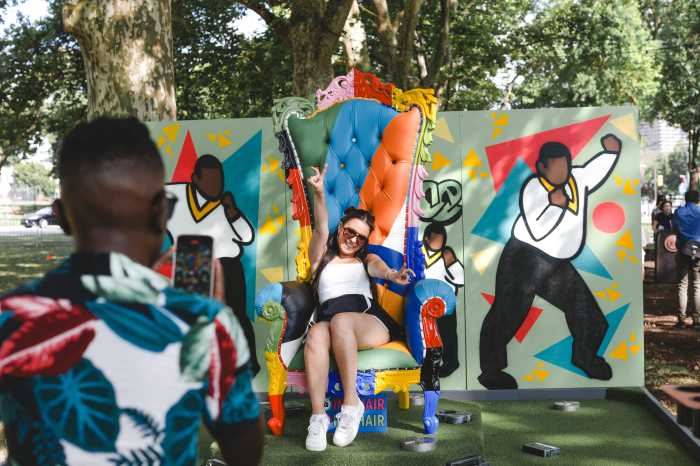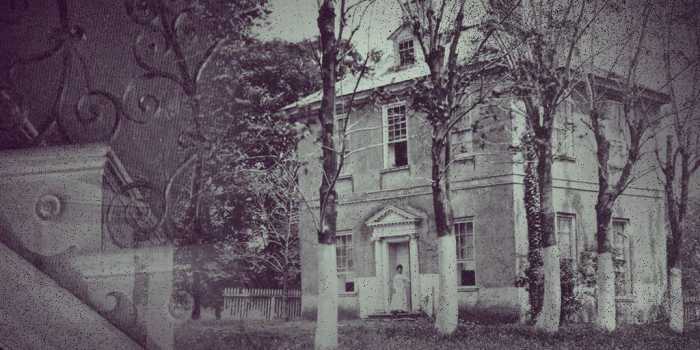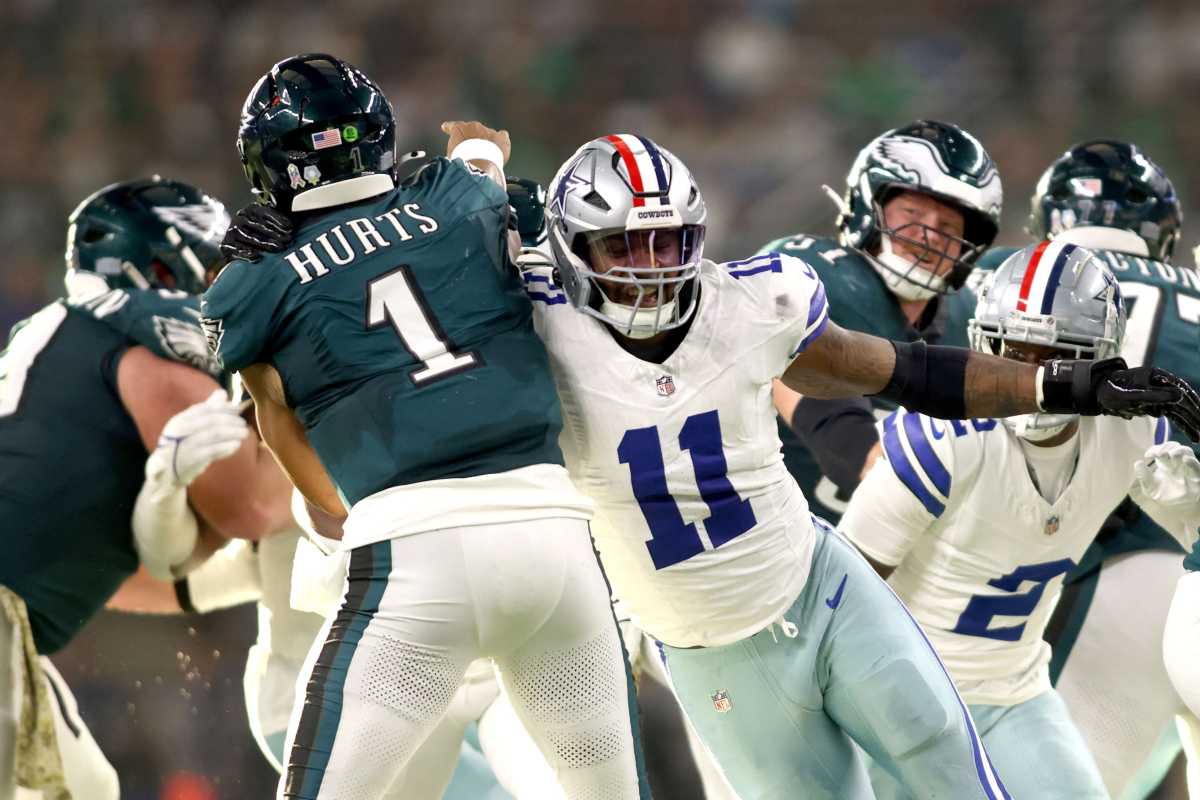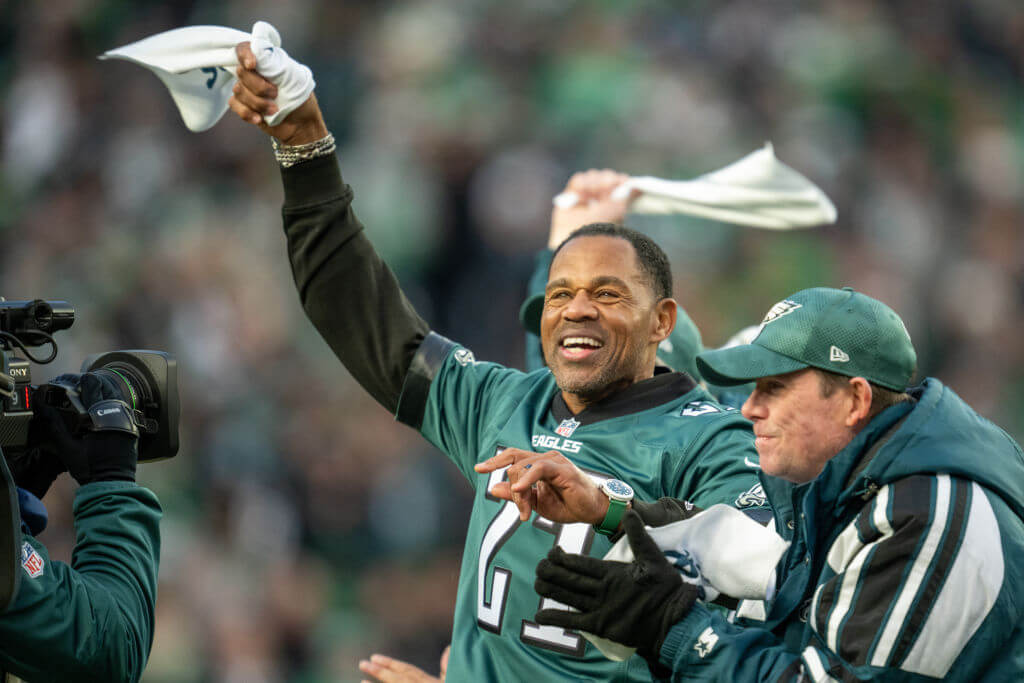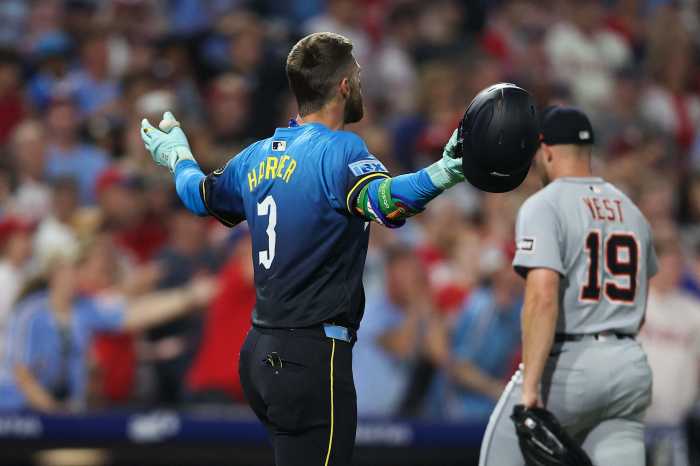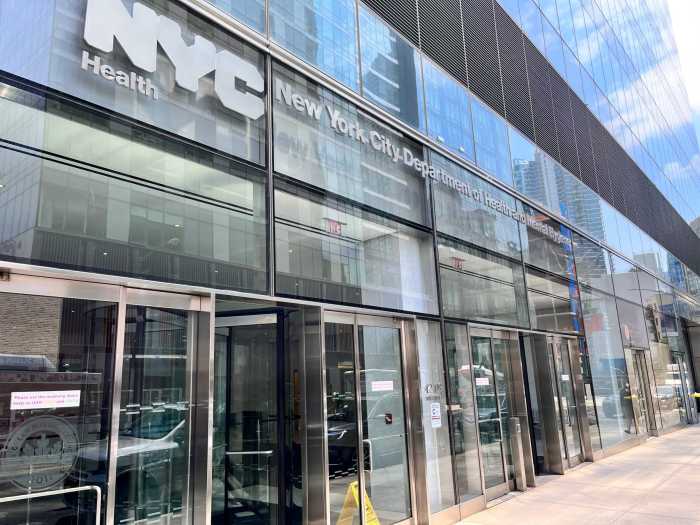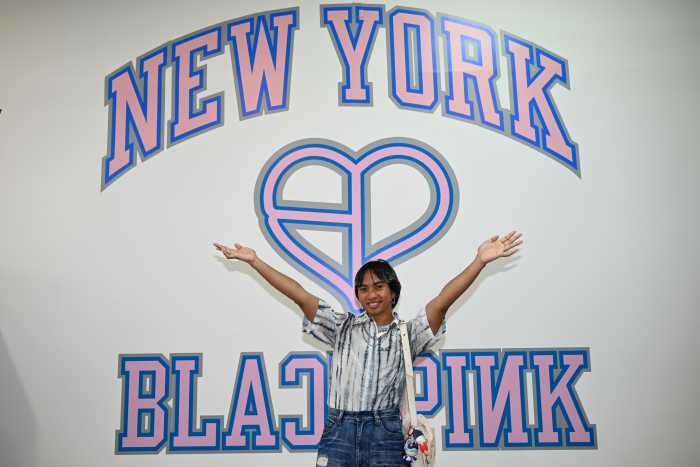When the Barnes Foundation opens its newest exhibition, ‘Alexey Brodovitch: Astonish Me‘ this weekend, the world of the artist pops off in a manner unseen since his days as the acclaimed art direction of Harper’s Bazaar. Beyond his role in making photography — rather than illustration — the cornerstone of that iconic fashion magazine’s visual identity, Brodovitch’s design aesthetic opened up the page, and much of the photographic world, to space, motion and distance.
Under Brodovitch’s watchful eye, garments were rarely shown in full, but rather off-center, as a mere hint, as part of a greater design or something to aid in the shape of the printed word. With that, Brodovitch created a sense of movement and storyline to photography.
Philadelphia’s design community, fashionistas, photography enthusiasts and art students owe a great debt to Brodovitch. And this Friday, March 1, from 6 to 9 p.m., the Barnes, in collaboration with AIGA Philadelphia, will hold a special preview of ‘Astonish Me’, with music from Denise King, an exhibition with local design students, and a limited-edition screen-printed poster.
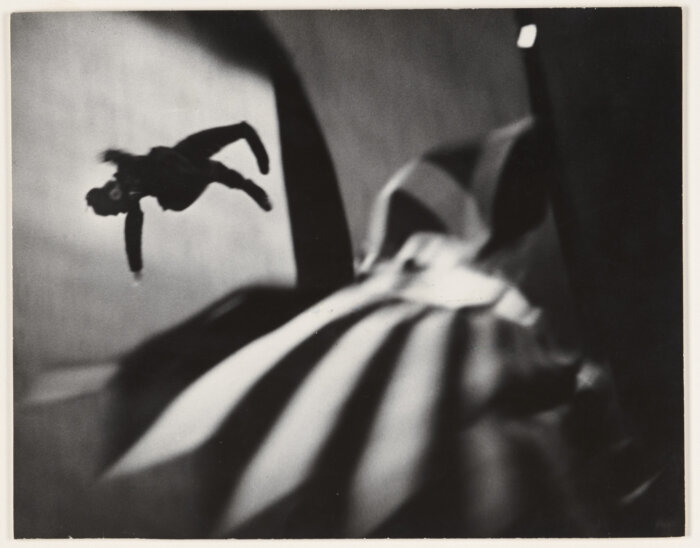
Managing curator Katy Wan, visiting from the Tate Modern, London, discusses ‘Alexey Brodovitch: Astonish Me’ in the context of his time, and how he was able to enact such innovations by bringing European modernism and surrealism to American fashion layouts with the aid of his contemporaries—such as Salvador Dali, Jean Cocteau, Man Ray and Marc Chagall—and by discovering and molding some of the world’s most inventive photographers.
“The exhibition is called ‘Astonish Me’ because that, reportedly, was one of his dictums,” said Wan. “Astonish Me’ is nebulous, right? It could mean anything. Whether it was young students or professional designers, he wanted to be amazed as well as amaze.”
Upon arriving in the US in 1930, Brodovitch taught at the Pennsylvania Museum and School of Industrial Art (now University of the Arts) in Philadelphia, and New School for Social Research in New York City. And some of his finest students at classes in Philadelphia and New York — Richard Avedon, Irving Penn, Lillian Bassman, Hiro, Eve Arnold and Robert Frank — became the vanguard of modern photography through his tutelage.
In the context of his time, the multitude of roles he had, and the influence he brought to print design and photography, Brodovitch is unparalleled in his artistry.
“Born as he was at the end of the 19th century, these professions were just being defined,” said Wan. “The idea of ‘graphic arts’ wasn’t even a term that was used until later in the 20th century… Brodovitch had many strings to his bow.”
For an artist renowned in his use of photography and his keen eye, Brodovitch only produced one major photo-book in his lifetime, ‘Ballet‘ — one of the most iconic and influential works of photography.
“One of his innovations is the placing of photographs on the printed page, something exciting and dynamic with a sense of movement and a sense of play,” said Wan. “I believe he is drawing from the importance of cinema to a new generation as his layouts showed events unfolding in time… creating scenes that were aspirational. Also his isolation of elements on a page, certainly a tenet of European modernism, was revolutionary.”
Fashion photography did appear in magazines before Brodovitch, but in limited ways and very staged — without movement or space.
“Along with taking fashion photography into the outdoors, he did exciting things with decontextualization… how it is arranged and incorporated on the printed page,” said Wan. “Everything that Alexey Brodovitch did in his time is now part of the common language of print and photography.”






